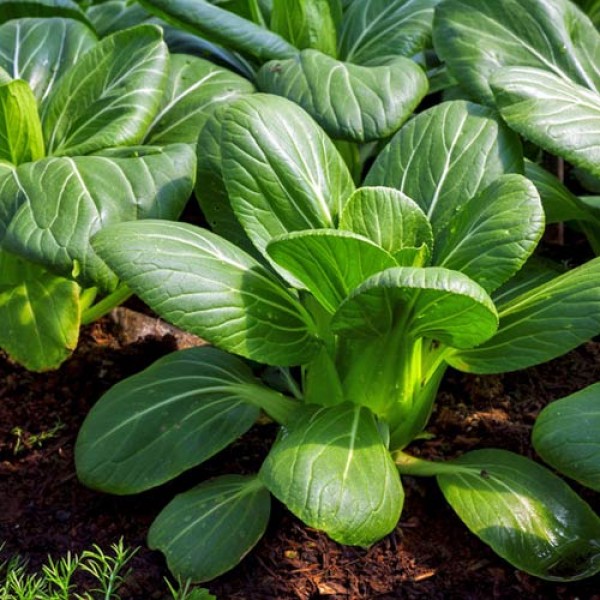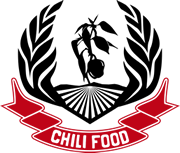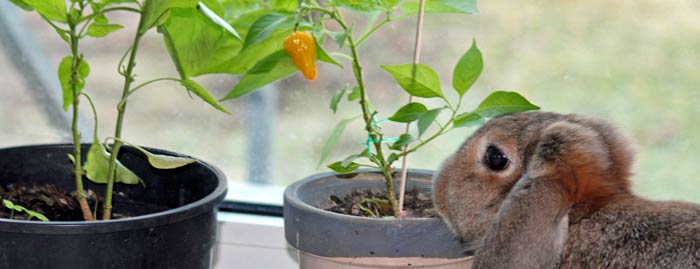
How to grow Pak Choi
Pak Choi - Easy to care for, tasty and healthy
Pak choi originates from China and has also become increasingly popular here in recent years. It reminds a little of swiss chard, but is related to Chinese cabbage. It is easy to grow, making it a wonderful vegetable even for beginners. Furthermore, with its high content of vitamin C, folic acid and mustard oils, it is also really healthy.
Location
Pak choi grows well in sunny to semi-shady places protected from the wind. It needs a loose, humus-rich soil that contains a bit of lime.
It is important that you only grow pak choi or another related vegetable (all cabbage varieties, mustard, rape) in the same location every three years. You should also avoid other types of cabbage and potatoes as direct neighbours.
Sowing
It is best to grow pak choi from seeds indoors from the beginning of April. Suitable for this are seed or potting trays or small single pots in which you put growing soil. Place the seeds ½ to 1 cm deep in the soil, press down well and keep evenly moist. If the trays are in a warm place >18°C, the seeds will germinate within 2 - 3 days. When you have sown the seeds densely, it is necessary to prick them out, i.e. carefully separate the individual plantlets from each other and transplant them each into new pots.
Alternatively, you can sow pak choi outdoors, but only after the danger of frost has passed. The best time for sowing outdoors is July to early August. When sowing and planting out, make sure that the plants are 25 - 30 cm apart.
Care
Pak choi likes it moist, but not wet. Therefore, you should water regularly but avoid waterlogging when growing in pots. Pak choi is a high nutrient-demanding plant, so an application of organic fertiliser, horn meal or nettle manure every two to three weeks will help it to grow vigorously.
Protection from pests and diseases
Good neighbours for pak choi are lettuce, leeks, beans, kohlrabi, spinach and carrots. It does not get on well with other types of cabbage and radishes.
Pak choi is often eaten by snails, so you should install snail fences, rings or protective covers while the plants are small. Or you can grow it in balcony boxes or in a raised bed, then the slugs won`t reach it so easily. Other pests are aphids and earth fleas. However, pak choi is well protected against diseases due to its fast growth.
Harvesting
You can harvest pak choi after only six to eight weeks after sowing, when the plants have reached a height of about 10 cm. You can also harvest it as baby leaves for salad after only 4 weeks. The delicate leaves should be used immediately, either in salad or steamed.
Manufacturer
Name: | Chili-Food-Wissen |
Address: |














